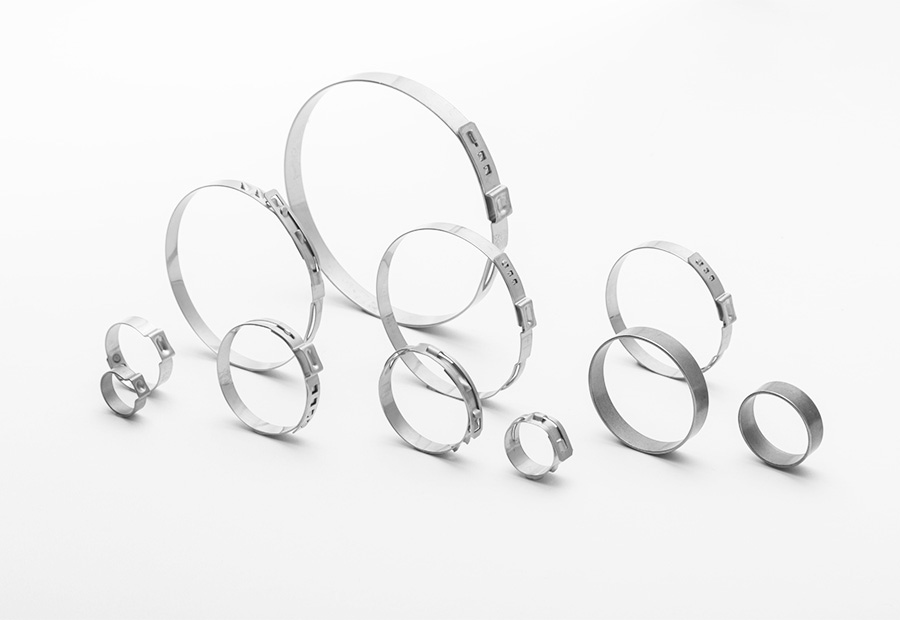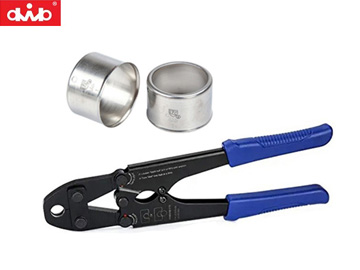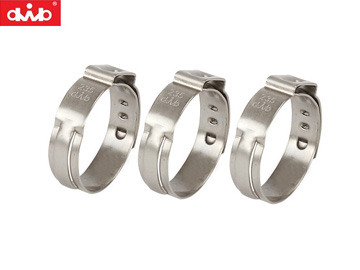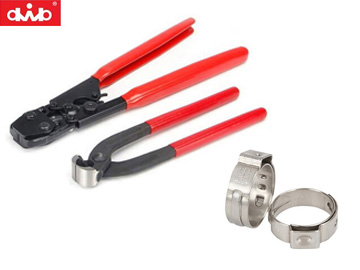
A hose clamp is designed to secure a hose over a fitting, by clamping the hose down, it prevents the fluid in the hose leaking at the connection. Popular attachments include anything from car engines to bathroom fittings. However, hose clamps can be used in a variety of different industries in order to secure the transportation of products, liquids, gases and chemicals.
There are four overarching categories of hose clamp; screw/band, spring, wire and ear. Each different hose clamp is used depending on the type of hose in question and the attachment at the end.
In general, screw/band hose clamps tend not to be used for ultra high-pressure scenarios, but instead are used frequently in lower-pressure environments, as well as when a quick fix is needed, especially within the home. That said, numerous industries utilise them, including the automotive, agriculture and marine industries.
lthough there isn’t a specific hose clamp alternative, hose clamps do often get categorised as hose clips. Whilst the term ‘clamp’ hails from the UK, ‘clip’ is more commonly used by the rest of the world, despite referring to the exact same product. The terms have therefore become increasingly interchangeable over time, causing ample confusion in the process.
On the subject of alternatives however, a few surprising alternative functions for hose clamps do exist! Particular favourites of ours include; fixing bike lights, changing the focus on DSLR cameras, and even as quirky DIY jewellery and home décor.
This is What I Need, Contact to Customize.


